Appreciation: Percussion master Zakir Hussain, dead at 73, soared in any musical setting
Published in Entertainment News
SAN DIEGO — Indian percussion marvel Zakir Hussain will long be hailed for his sublime musical mastery and the genre-blurring versatility that saw him collaborate with everyone from George Harrison, the Grateful Dead, Kronos Quartet and Béla Fleck to the Mark Morris Dance Company, jazz great Charles Lloyd and Indian music icon Ravi Shankar.
But one of the greatest accomplishments regularly achieved by Hussain — who died Sunday in San Francisco at the age of 73 — was his ability to consistently delight and awe his concert audiences.
I most recently witnessed this phenomenon when Hussain’s 2023 tour with his multinational Masters of Percussion ensemble included a sold-out show at San Diego’s Balboa Theatre. As was the case at each previous Hussain performance I attended over the years, I found myself simultaneously grinning from ear to ear and shaking my head in wonder as he performed a series of jaw-dropping solos and charged call-and-response exchanges that combined infectious musicality and childlike joy with a dazzling technical command that showcased his fire, finesse, wit and pinpoint dynamic command in equal measure.
Hussain, who this year won three Grammy Awards, could make even the most dizzying time signatures and complex polyrhythms seem easy as pie when he played them. Make that as easy as a savory musical pie baked in thousands of years of Indian classical music traditions and seasoned with tantalizing aural ingredients from around the world.
Yet, no matter how well he performed, how many memorable albums he made or how electrifying his concerts were, Hussain remained a humble artist who was always eager to learn more. He credited his father, legendary Indian percussionist Ustad Allah Rakka, for instilling in him an unending quest to find out and absorb more about music.
“My father always said: ‘Son, just be a student. Don’t try to be a master’,” Hussain recalled in a 2023 interview with the San Diego Union-Tribune. (All quotes in this article are from Union-Tribune interviews.)
“I look to people like Béla (Fleck), John McLaughlin and Charles Lloyd. They are at the height of their artistry, but they don’t stop and say: ‘That’s it — I’m going to sit down and cruise now.’ No. They want to find and do more. It was the same with my father and Ravi. That’s because each of us are students and we are learning, always. That’s what I am doing.”
Hussain repeatedly soared on one of the most demanding of instruments: the tuned hand drums known as tablas, which have been pillars of the Hindustani classical music of northern India for centuries.
Playing them well — let alone with the dexterity, artistry and exacting precision he did — requires a musician to deftly perform using their palms, wrists and multiple finger combinations with both hands, while sitting cross-legged on the floor.
Hussain was set to perform March 8 at La Jolla Music Society’s Baker-Baum Concert Hall with the Third Coast Percussion Ensemble. His most recent scheduled tour was in Europe last month with his Crosscurrents Trio. His nonstop schedule was a reflection of his dedication to music and to constantly seeking to learn more.
He composed for orchestras, led or co-led numerous groups, taught, recorded prolifically, tirelessly championed music as a unifying force and last year toured the world with at least five different bands. They included his Masters of Percussion ensemble and Shakti, the pioneering Indian-classical-meets-jazz group he co-founded in the early 1970s with English-born guitar giant McLaughlin.
Shakti was notable not only for its pioneering East-meets-West approach, but also for drawing from both the Carnatic music of Southern India, which often features wind instruments, and the Hindustani music of northern India, which often features stringed instruments.
Both Carnatic and Hindustani are oral traditions that are passed down from generation to generation. Both share certain melodic modes and deviously subdivided rhythmic patterns, or cycles — known, respectively, as ragas and talas — that sound distinctly different from each other.
And both are based largely on intricate vocal traditions that utilize specific words to describe each rhythmic group. Each word is comprised of syllables that correspond to the specific beats in each rhythmic figure. Hussain played a pivotal role in the music of Shakti, which last year traveled the world on what was billed as the group’s 50th anniversary tour and its farewell tour.
“Zakir is a master musician and a man for all cultures,” McLaughlin said last year. “On all continents, the name Zakir Hussain is synonymous with perfection in rhythm. In addition, he is a master in building cultural bridges between East and West.”
“Zakir is a master of the extraordinary!” agreed bassist Dave Holland, who performed with the Hussain led Crosscurrents band in San Diego in 2017. “Indian music has one of the most sophisticated systems that exist for rhythm. And learning the language of the music, the scales and rhythms, is incredibly rigorous. It’s been an incredible experience to be around Zakir and learn from him.
“He’s also a fantastic listener and he’s very playful,” Holland continued. “The conversation that goes on is a surprising one, full of twists, turns and reactions. Playing with Zakir makes you realize just how deep the rhythmic tradition in his music goes.”
Hussain’s humility was quickly demonstrated when he was informed of Holland’s praise.
“Dave is a master; I consider myself an apprentice in front of him,” Hussain said. “It’s such an honor to be on the same stage with someone like Dave, who has so much history and music experience. He has played, and forgotten, more notes and riffs than we might ever learn in one lifetime.
“Playing with Dave is, for me — a musician from India — a chance to get insight from a great artist about how one learns to be creative in the jazz process and be spontaneous. And that is very different than being spontaneous in Indian music.”
But there was, Hussain stressed, at least one key commonality between the two.
“The one thing about Indian music and jazz is that the practicing doesn’t stop when you disconnect yourself from the instrument,” he said. “I used to watch my father, and — while he was sleeping — his hands were moving on his legs or on his chest. He was snoring, but he was playing rhythms as he slept. So, that process of practicing is 24/7.
“That’s why everything in music is taught orally in India. It has to go into your head and become second nature. You have to be able to construct sentences and paragraphs in that language of music, so that we can speak it and get it to the world. The speed or tempo, to me, is like two milliseconds ahead of how fast your hands are moving, because your brain has to send signals to your hands to conjure up that same image.
“If your brain cannot conjure up images, your hands are waiting for something to communicate and there is nothing there. So, the process of practicing goes on throughout the day. If I am at home, reading the newspaper and not talking to my wife or granddaughter, I’m thinking of music. And the newspaper is just in front of me and allows me to separate myself from what is around me and focus on my music.
“In that sense, the practicing never stops.”
Zakir Hussain Qureshi was born in Bombay (now Mumbai) on March 9, 1951. He was 7 when he began rigorously studying music with his father, who had risen to prominence as the esteemed tabla player in Ravi Shankar’s ensemble. Hussain was just 12 when he began touring professionally as a musician in his native India as part of a vaudeville show.
“A child at the age I was wants to talk, but isn’t allowed to,” Hussain said. “Here I was, on stage — in front of hundreds of people — and allowed to do my thing. And they all paid attention to me and I was able to ham it up.
“I wasn’t even aware I was performing a repertoire that was several thousand years old and needed to have a reverence in its presentation.”
Hussain was only 18 when he performed with Shankar at New York’s Fillmore East in 1970. What the young tabla player thought would be a brief concert tour became an extended stay in the U.S. After teaching and studying at the University of Washington, Hussain moved to San Francisco in the early 1970s. It quickly became his home base for the rest of his life, and he married and raised his family there.
“I thought I’d tour here in the U.S. for two weeks, then go back to India,” Hussain recalled. “But Ravi’s influence got me a job at the University of Washington, in the ethnomusicology department. Ravi said I should stay here and do that and even try to finish my music studies, which I’d put on the backburner.
“In India, where we represent thousands of years of music traditions, we think: ‘Oh, we’re ancient; we know so much more than anyone else.’ It was not true at all! That was first slap in the face I felt in Seattle, where I learned there was Latin and Afro-Cuban music. Middle Eastern music, gamelan music — so much I had no clue about.
“My eyes opened. Then I ran into Mickey Hart here in the Bay Area. Through him, I met the great Nigerian drummer Babatunde Olatunji, the great Brazilian drummer Airto Moreira and David Crosby, and Carlos Santana. Suddenly, life was an epic, exciting, happy journey. And it was all through the language of music.”
Hussain dedicated his life to music. Much of what he created was indeed epic and exciting. His death Sunday from the lung disease idiopathic pulmonary fibrosis silences one of the most accomplished and distinctive voices in contemporary music.
“Life is a learning experience and you learn every day. But even in the craft you have chosen, there is no point where you’ve learned everything,” Hussain said.
“For me to suggest I’ve reached a pinnacle is an illusion. What drives people like Dave (Holland) and John McLaughlin, and that drove Miles (Davis) and John Coltrane, was the thirst to learn more, to grow as artists and express themselves as clearly as possible, day in and day out.
“I haven’t played good enough to quit yet. In any creative process — painting, writing, architecture, dance, music— you always push forward.”
©2024 The San Diego Union-Tribune. Visit sandiegouniontribune.com. Distributed by Tribune Content Agency, LLC.

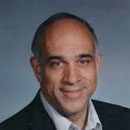

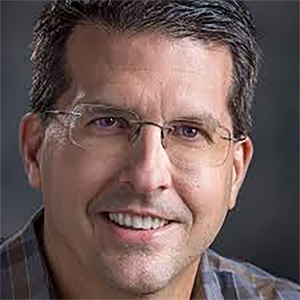

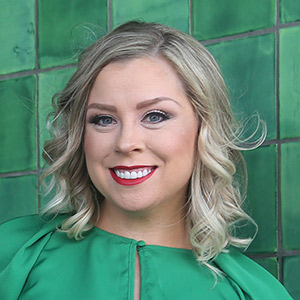
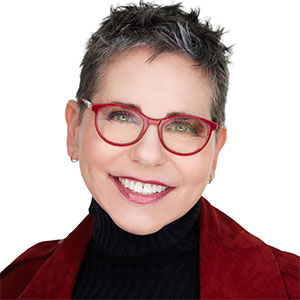

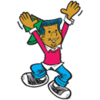

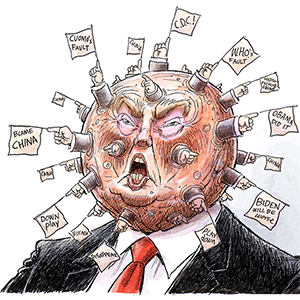

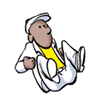
Comments